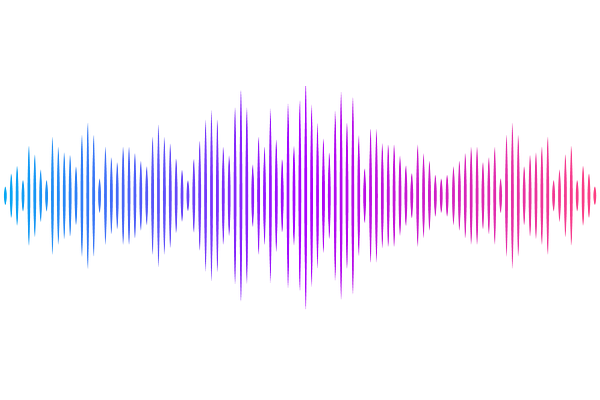Analysis of Two Models for the Angular Structure of the Outflows Producing the Swift/XRT "Larger-Angle Emission" of Gamma-Ray Bursts

Analysis of Two Models for the Angular Structure of the Outflows Producing the Swift/XRT "Larger-Angle Emission" of Gamma-Ray Bursts
A. Panaitescu
AbstractThe instantaneous emission from a relativistic surface endowed with a Lorentz factor $\Gamma$ that decreases away from the outflow symmetry axis can naturally explain the three phases observed by Swift/XRT in GRBs and their afterglows (GRB tail, afterglow plateau and post-plateau). We expand the analytical formalism of the "Larger-Angle Emission" model previously developed for "Power-Law" outflows to "n-Exponential" outflows (e.g. exponential with $n=1$ and Gaussian with $n=2$) and compare their abilities to account for the X-ray emission of XRT afterglows. We assume power-law $\Gamma$-dependences of two spectral characteristics (peak-energy and peak intensity) and find that, unlike Power-Law outflows, n-Exponential outflows cannot account for plateaus with a temporal dynamical range larger than 100. To include all information existing in the Swift/XRT measurements of X-ray aferglows (0.3-10 keV unabsorbed flux and effective spectral slope), we calculate 0.3 keV and 10 keV light-curves using a broken power-law emission spectrum of peak-energy and low-and high-energy slopes that are derived from the effective slope measured by XRT. This economical peak-energy determination is found to be consistent with more expensive spectral fits. The angular distributions of the Lorentz factor, comoving frame peak-energy, and peak-intensity ($\Gamma (\theta), E'_p (\theta), i'_p(\theta)$) constrain the (yet-to-be determined) convolution of various features of the production of relativistic jets by solar-mass black-holes and of their propagation through the progenitor/circumburst medium, while the $E'_p (\Gamma)$ and $i'_p (\Gamma)$ dependences may constrain the GRB dissipation mechanism and the GRB emission process.